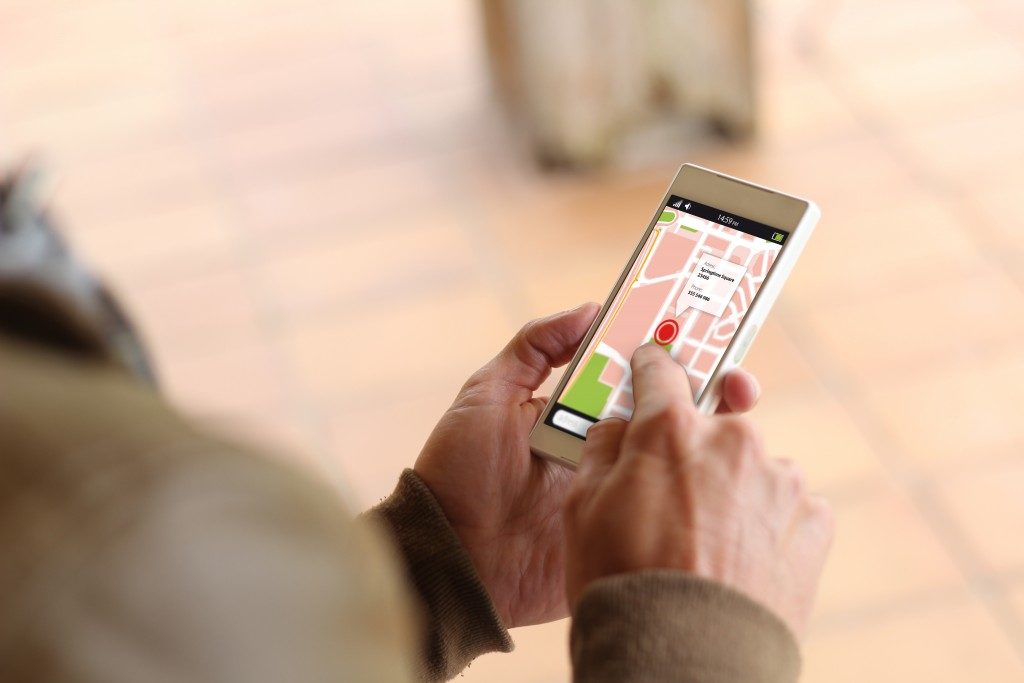
Mobile devices nowadays have conveniently made difficult tasks so doable. From banking to online gaming, from travel booking on the go to market investments, these are easily accomplished with the touch of a button. But what is a true wonder is how technology has evolved so much that anybody can navigate successfully without having to bring a map or a compass.
Navigation in its early days is a study of seamanship, where seafarers are able to direct their ships in their intended direction by first establishing orientation, and then set the course by relying on traditional methods, such as geometry and astronomy, aided by special instruments such as the sextant.
Now, with the aid of sophisticated hand-held electronic devices and a web of super hi-tech satellites orbiting the Earth 24/7, navigation by sea, air, and land is made easier. There’s no need to rely on paper maps, compasses, and years of experience in manual orienteering. We rely on GNSS or Global Navigation Satellite System, combined with INS or Inertial Navigation System for greater accuracy.
A bit of technical explanation
GNSS and GPS are used interchangeably, but they refer to different things. GNSS is the system of satellite navigation that enables independent geospatial positioning anywhere on the globe. GPS, on the other hand, refers to the United States’ GNSS system called NAVSTAR Global Positioning System. GPS is composed of 32 medium-Earth orbit satellites. There are also other GNSSs that originated from other countries.
INS or Inertial Navigation System utilizes data from rotation relative to acceleration in order to determine a relative position over time. GNSS and INS are now used in tandem in order to enhance GPS accuracy down to 3 to 5 meters.
How GPS helps you
Say you’re on a road trip and that trip will take you over mountain passes, through tunnels, around lakes to get to a destination in the middle of the forest. Relying on a paper map and without sufficient expertise in using a compass and orienteering, it’s almost a guarantee that you will get lost. You then get your mobile device and input the coordinates—where you want to go—and your device will input the data into the GNSS of that area, which is GPS in most of the modern world. Three or four satellites will compute the route for you. It will then throw back the data into your mobile device’s receiver, and all you need to do is follow the direction.
GPS accuracy

GPS accuracy is 100% if you’re on flat land, without buildings or mountainous features—this type of reception is referred to as ‘open sky’. In some cases, GPS may show data that is incorrect and that leaves you wondering why, although this is corrected once there’s open sky again.
Some of the factors affecting GPS accuracy include:
Signal interference. This is very common when traveling in cities with skyscrapers, and the outback where trees are tall, or if mountain ranges are surrounding you.
When underground or indoors. Concrete and steel are the causes here, as the signal is thrown off from the satellites.
Multipath. Again, when in an urban area, satellite signals may not reach your device as it is being reflected off tall buildings.
Deliberate jamming. Radio frequency transmitters are used to deliberately jam or interfere with GPS and other forms of lawful communications, such as phone calls, text messaging, and Wi-Fi networks. The Federal Communications Commission has already stated that the use of jammers is prohibited in the United States, and that applies to the public, state, and local government agencies, and even state and local police agencies.
Only the military has the limited authority to jam electronic signal, as they did in February last year when they staged war games over the state of Nevada. If caught violating this rule, the guilty party or parties will face penalties amounting to tens of thousands of dollars, the confiscation of the jamming device/s, and jail time.
Solar storms. Although it rarely happens, with the last event occurring in 1859, major solar storms have the potential to adversely affect the orbiting satellites, upon which GNSS relies.
Maintenance of satellites or re-maneuvering. In the event of satellite repair or repositioning, you can expect GPS service interruption.
Technology has come a long way from when the man used to rely on the constellations for navigation. But while what we have today works well in ideal conditions, it is far from perfect. With continuous technological advancements, it’s safe to say that in the not too distant future, GPS technology will eventually see perfection.
